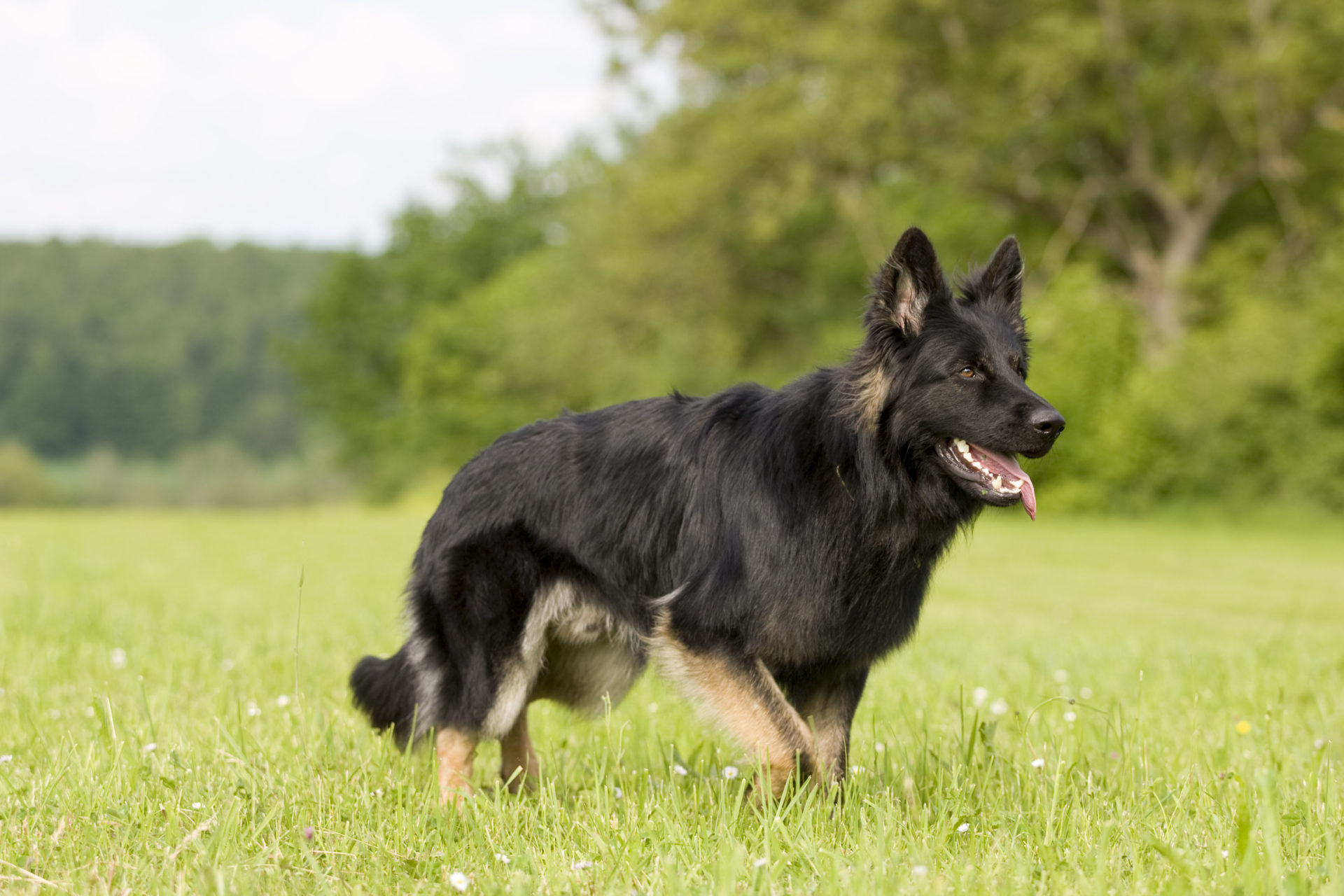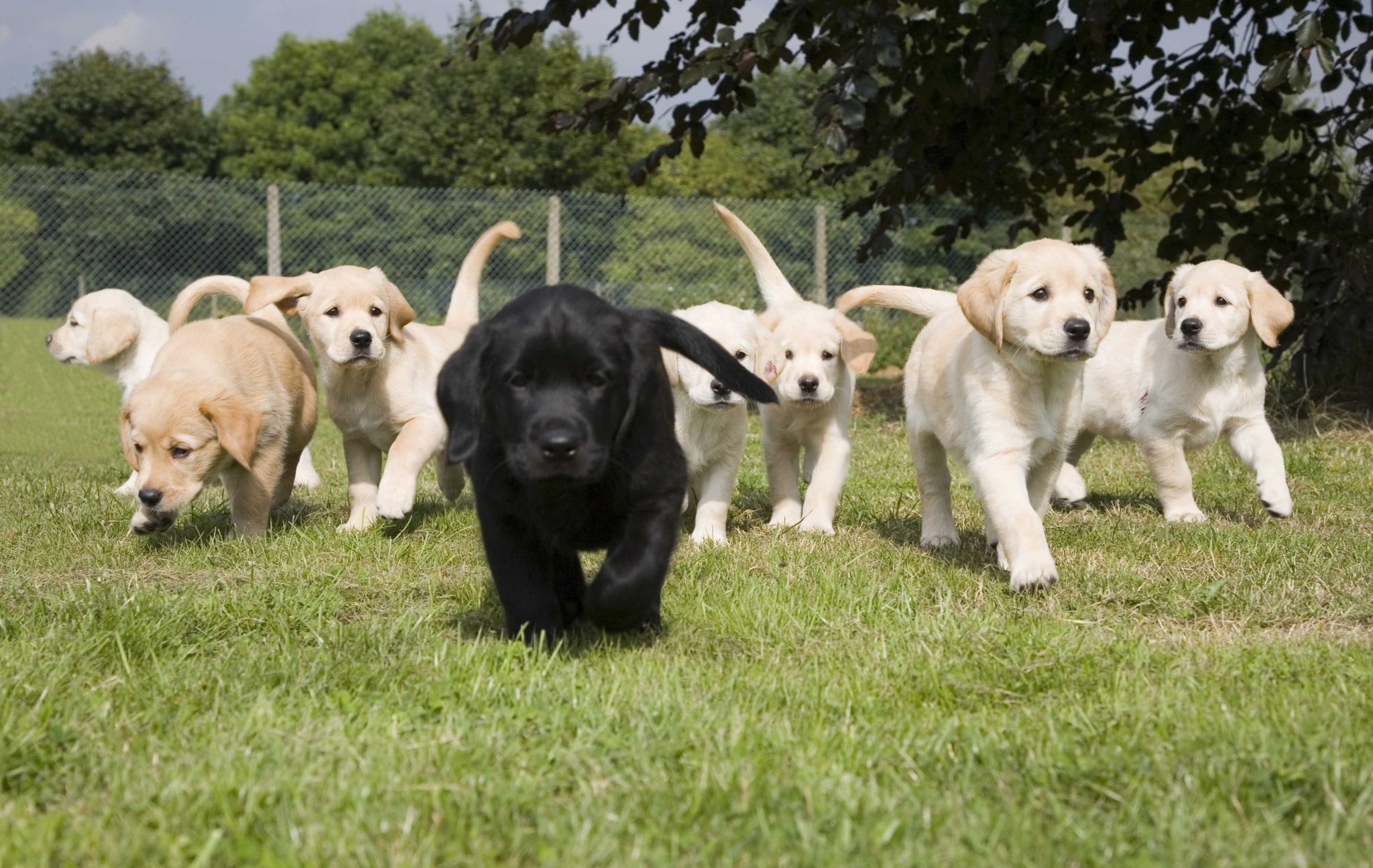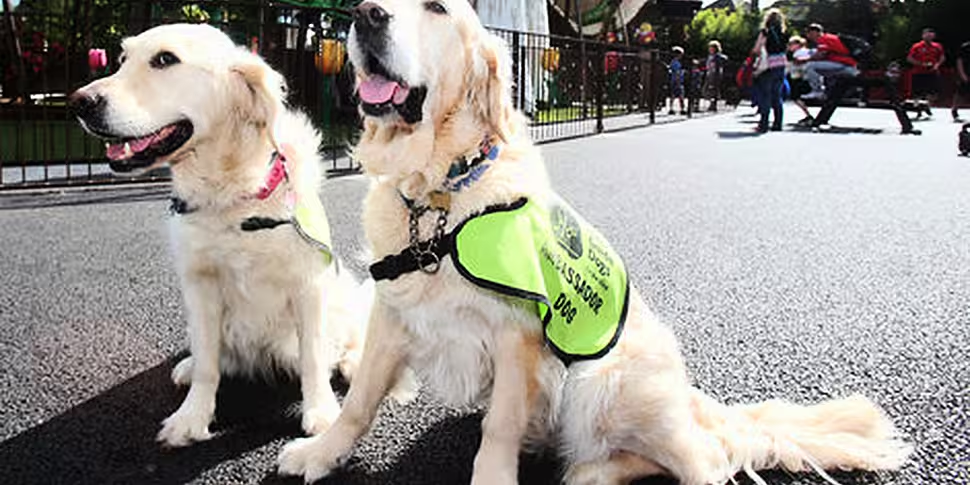What does it take to become a service dog?
On Moncrieff today, expert dog trainer Suzi Walsh said not all dogs have what it takes as it depends on a “combination of factors” that include breed, size, and behaviour.
She was speaking after a guide dog in the UK named Trigger made the headlines this week when he retired from duty after fathering more than 300 puppies – all of them guide dogs.
Breeds
Ms Walsh said only certain breeds are suited to looking after the needs of the visibly impaired and those with disabilities.
“Generally speaking, a Labrador or Golden Retriever is favoured – or a combination of the two breeds together,” she said.
“German Shepherds and poodle crosses have become quite popular because of the lack of shedding they do.
“But they do need to be friendly to people; the reason we don’t see German Shepards as guide dogs as much is because people tend to be nervous of them.”
 A German Shepperd. Image: Zoonar GmbH / Alamy Stock Photo
A German Shepperd. Image: Zoonar GmbH / Alamy Stock PhotoImportant factors other than breed must be considered too, according to Ms Walsh.
“It has to do with the size and the dog needs to be very biddable,” she said.
“They don’t necessarily need to be a crazy athletic dog that needs lots of exercise during the day.
“You also need a calm dog and a lot has to do with the temperament of the dog and its training and exposure to guiding from a young age.
“It’s not nature or nurture – it’s a combination of both.”
Size
Ms Walsh said size is vital in becoming a service dog.
“They are bigger because people with physical disabilities, visual impairment, or children with autism often have stability issues too,” she said.
“If you have a dog on a harness, a structured harness, you can rely on the body movements of the animal – but doing that with a small dog isn’t the best and they tend to be a trip hazard.”
“It has much to do with stability and the confidence a big dog brings and you also need visibility so people can see the dog in public.”
 Labrador Golden retriever cross puppies litter on grass running.
Labrador Golden retriever cross puppies litter on grass running.Ms Walsh said training begins when a pup is three days old.
“We take puppies very young and expose them to varying degrees of surfaces they might walk on, different sensations, and the sudden action of being moved,” she said.
“It’s so you ever so slightly increase experience and exposure as they get older.”
The pups then live in the home of a ‘puppy raiser’ for two years before formal training begins which lasts for six months before the service dog is ready for duty and paired with someone in need.
Main Image: Image shows guide dogs sitting on the street. Credit: Leon Farrell/Photocall Ireland









